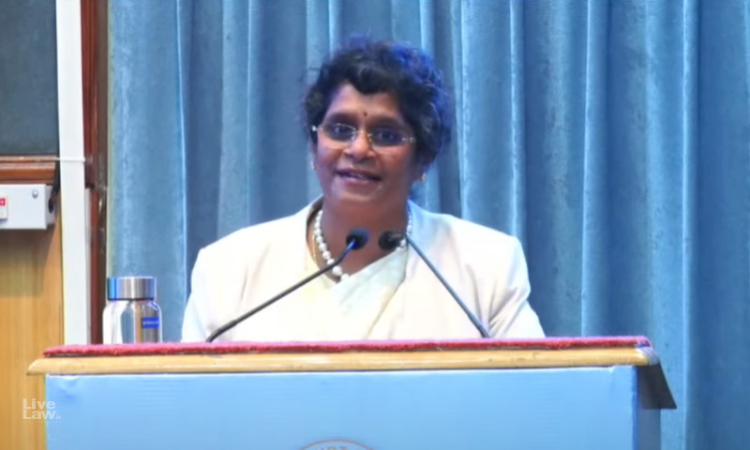Speaking at the National Seminar on Adjudication of IPR Disputes in India, Justice Prathiba M Singh, judge of the Delhi High Court, said on Saturday that it is a misplaced notion that intellectual property is an elitist field of law."The idea that intellectual property is an elitist field of law is completely misplaced. More than 80% of trademarks which are registered in our country belong...

